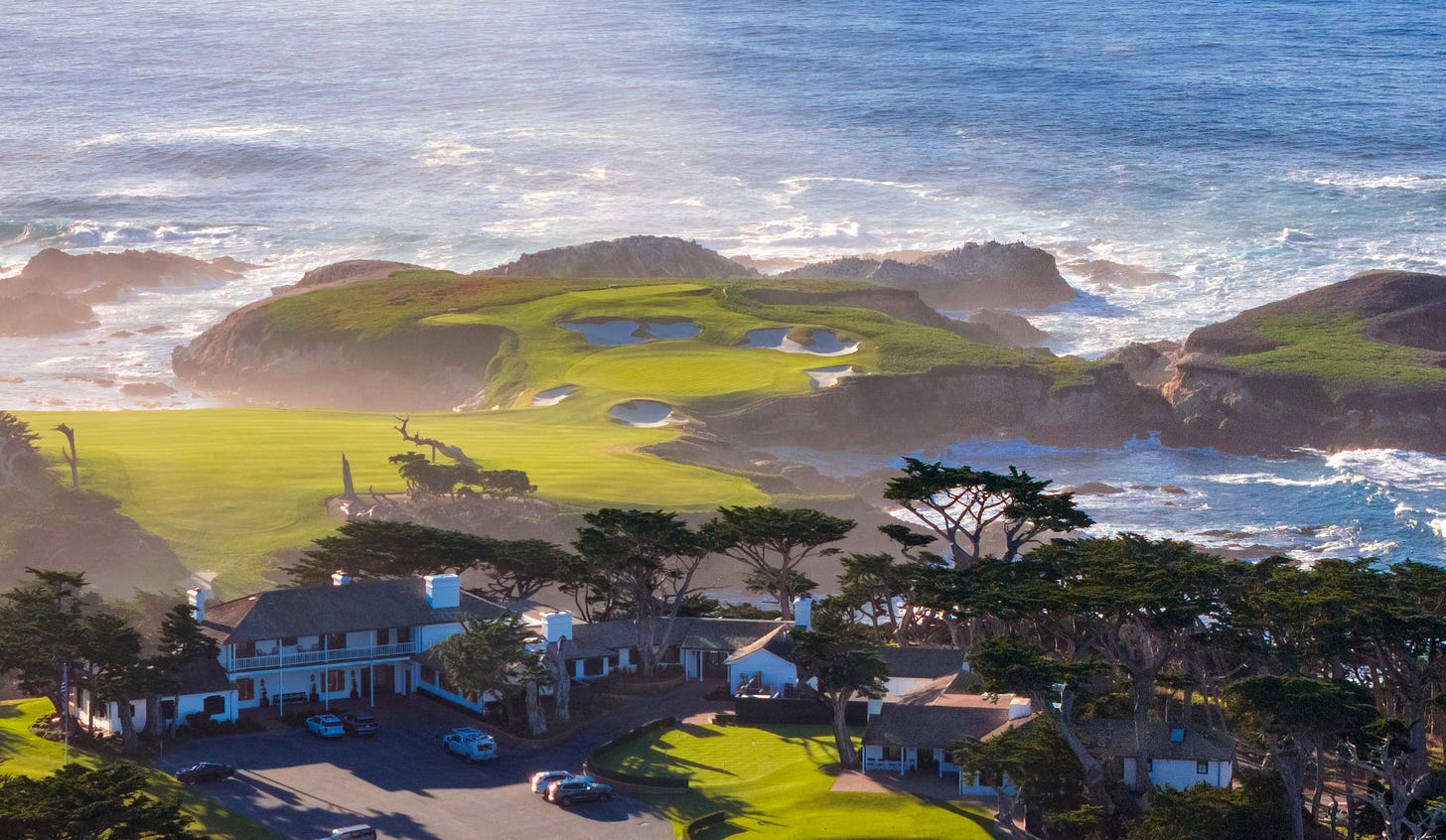Course Preview: Cypress Point
All things about this week's host of the 50th Walker Cup.
The 50th Walker Cup will be played for the second time at Cypress Point Club. But this is the first time the world will get to see live coverage from the most spectacular setting in the sport.
Two years ago, Captain Mike McCoy’s team trailed by three points going into Sunday’s sessions at the Old …


